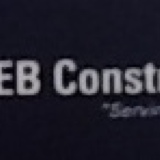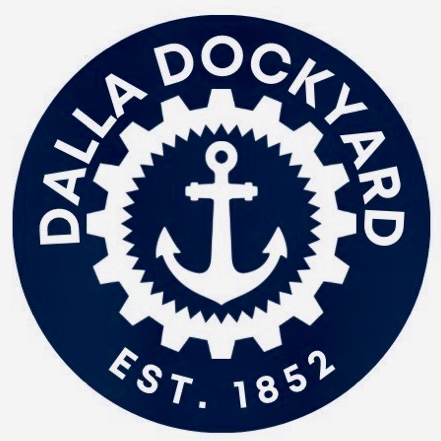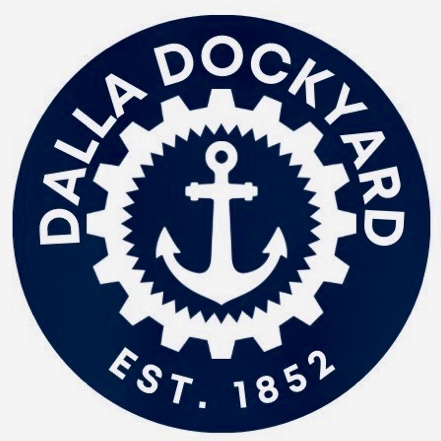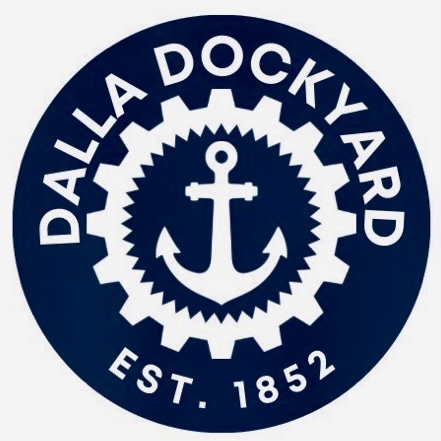Title Page
-
Document No.
-
Audit Title
-
Client / Site
-
Conducted on
-
Prepared by
-
Location
-
Personnel
PM Checklist
-
Monthly<br><br>Code: AC04MO<br>Frequency: MO<br>Estimated Time (hours): 2.5<br>Description: AC MACHINE, COMPUTER ROOM<br>Asset Type: CENTRAL AC
-
(T)ools, (S)afety Equipment, and (M)aterials Required <br><br>1) (T) Mechanics tool set<br>2) (T) Tachometer <br>3) (S) Safety glasses or goggles<br>4) (S) Gloves<br>5) (M) Cleaning products and tools (use appropriate PPE) <br>6) (M) Lubricants <br>7) (T) Clamp-on ammeter<br>8) (T) Fin comb<br>9) (T) Self sealing, quick disconnect refrigerator hose fittings. <br>10) (T) Portable vacuum cleaner<br>11) (T) Pressure washer<br>12) (T) Coil cleaner<br>13) (S) Lockout/tagout kit<br>14) (T) Refrigerator recovery machine<br>15) (T) Refrigeration vacuum pump<br>16) (M) Tube of leak lock<br>17) (T) Refrigeration tubing split box end wrenches, <br>18) (T) New Schroeder access port caps, with seal rubbers. <br>19) (T) New Schroeder valve stems, with insert tool and lock off tool. <br>20) (T) Algae & Clorox tablets <br>21) (T) Adequately sized clean empty refrigerant cyclinder. <br> <br>
-
Safety Procedures<br><br>1) Individual(s) performing maintenance must be certified in EPA approved refrigerant recovery procedures, and comply with the latest provisions of the the United States Clean Air Act and Environmental Protection Agency regulations as they apply to protection of stratospheric ozone and the disposal of lead based paint residue. <br>2) A/C machine maintenance should he scheduled to coincide with condensing unit & / or package chiller maintenance. <br>3) Schedule outage of equipment with effected personnel. <br>4) Review manufacturer's recommended maintenance procedures. <br>5) De-energize, tag, and lockout circuit. CAUTION - Check that circuits are dead before proceeding with any work. are-ascertain that you have identified and located the correct electrical power circuit breaker, and any other form of power, i.e.: control power, <br>6) Follow site safety procedures and your supervisor's instructions. <br>7) Record and report to your supervisor any equipment damage or deficiencies found while performing. <br>8) Recover, reclaim and recycle refrigerant, using a clean refrigerant cylinder of adequate capacity. Maintain a log stating quantity and type of refrigerant added or removed. Refrigerant must not be intentionally vented to the atmosphere. Disposal of refrigerant and refrigerant oils must be performed in accordance with published regulations and directives. <br>9) All tests shall conform to the manufacturer's test procedures and standard values. insure all equipment is properly grounded, to no more than 5 ohms resistance.













